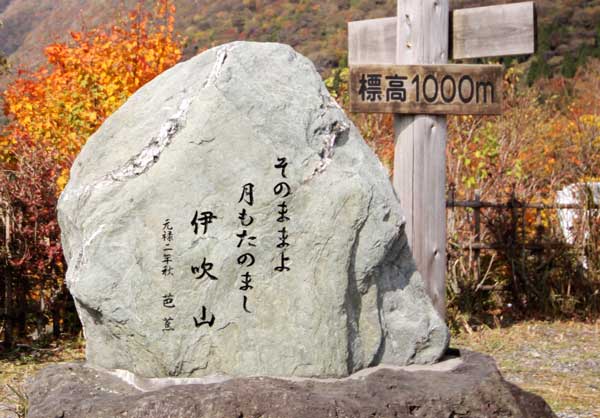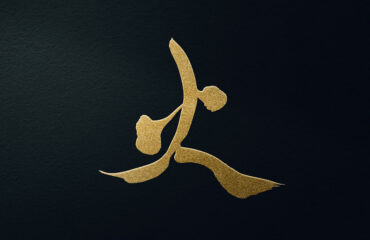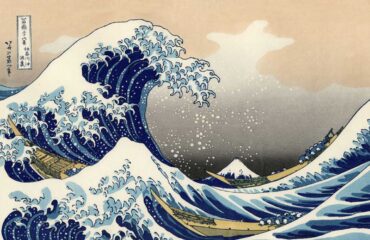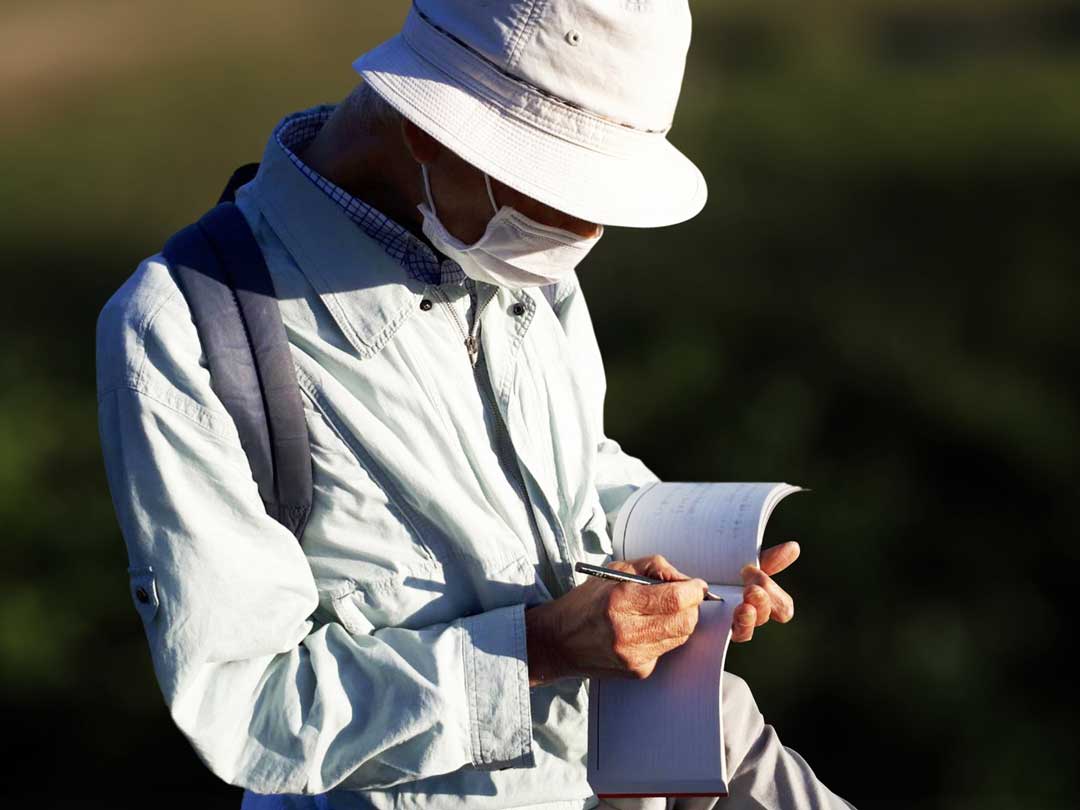
Haiku(俳句) is a traditional Japanese poetic form, beloved worldwide for its unique beauty and expressiveness.
In this article, we will delve into the history of haiku, its basic structure, and the use of seasonal words (季語 kigo), to explore its charm.
The History of Japanese Poem Haiku
Haikai and its Evolution into Haiku
During the Edo period, what we now know as haiku was originally called “haikai.”
The term “haikai” meant “humorous” or “interesting” and was used in a form of collaborative poetry called “renga,” which was popular from the Muromachi to the Edo period.
Renga initially aimed to create an elegant world of beauty, but eventually deviated from its original path, becoming a playful exchange of humorous words.
Over time, the upper verse of renga (5-7-5) began to be appreciated independently, and this became the basis for modern haiku.
These independent verses were called “haikai verses.”
During the Edo period, prominent poets such as Matsuo Basho, the author of “The Narrow Road to the Deep North,” gained popularity, and haikai culture became widespread among the common people.
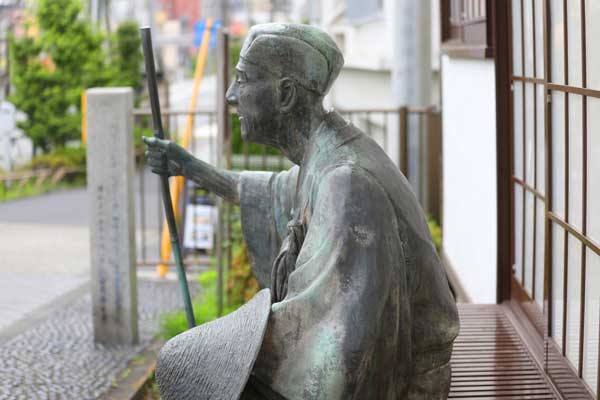
The Birth of Modern Haiku and its Continuation
Following the Meiji Restoration, Masaoka Shiki appeared with the idea of reviving this ancient poetic form as a new type of poetry and named it “haiku.”
The form has been inherited and appreciated ever since, showcasing its enduring appeal and adaptability.
How to Create a Haiku
Basic Structure of Haiku
Haiku is a Japanese form of poetry that is expressed using a unique 5-7-5 rhythm.
This rhythm is divided into three parts, each consisting of 5 syllables, 7 syllables, and 5 syllables, respectively. In total, a haiku is composed of 17 syllables.
Role of Seasonal Words
In haiku, it is required to use words or phrases that evoke a sense of season.
These are called seasonal words, and they are one of the characteristics of haiku.
By including seasonal words, the poem allows readers to feel the season and the changing of nature.
Generally, a haiku contains one seasonal word.
Seasonal Form (Kigo)
As a basic rule of haiku, it is required to follow the 5-7-5 rhythm and include seasonal words.
This is called the “seasonal form.” Poems that adhere to the seasonal form are recognized as haiku.
Overlapping Seasons
Overlapping seasons refers to the inclusion of two seasonal words in a single haiku.
Normally, overlapping seasons should be avoided, and it is recommended to focus on just one seasonal word.
Extra Syllables and Insufficient Syllables
“Extra syllables” refers to haiku that have more than 17 syllables, while “insufficient syllables” refers to haiku that don’t reach 17 syllables.
Although these should generally be avoided, they are not absolute rules.
In the past, many famous poems were either extra syllables or insufficient syllables.
The Differences Between Haiku, Senryu, and Tanka
Haiku (俳句)
Haiku is a traditional form of Japanese poetry consisting of 17 syllables arranged in a 5-7-5 pattern.
It follows specific rules, such as including a seasonal word, avoiding overlapping seasons, and originating from the opening verse of a longer poetic form called “haikai renga.”
There are also non-seasonal and free-form haiku that do not adhere strictly to these rules.
Senryu (川柳)
Senryu is derived from a subtype of haiku called “zappai” and is also composed of 17 syllables in a 5-7-5 pattern.
However, it does not require the inclusion of a seasonal word and allows for more freedom in language use.
Senryu often contains satire and reflects social issues or human emotions.
Tanka (短歌)
Tanka is another form of Japanese poetry, consisting of 31 syllables arranged in a 5-7-5-7-7 pattern. Originally referred to as “waka,” the term “tanka” became more prevalent after the Meiji period.
While haiku is counted as a single verse, tanka is counted as a full poem, or “shu.”
Kyoka (狂歌)
Kyoka is a form of waka that emphasizes humor and wit by incorporating jokes and absurd elements.
It is a more lighthearted form of poetry that often includes wordplay.
In conclusion, while haiku, senryu, and tanka may appear similar at first glance, each has its own unique set of rules, expressive styles, and themes.
By understanding these differences, we can appreciate the nuances and richness of these traditional Japanese poetic forms.
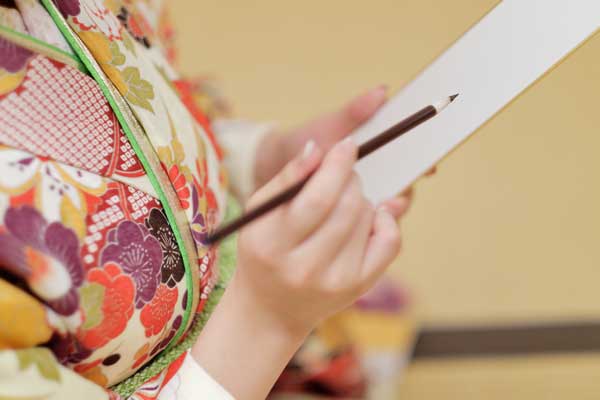
The Charm of Japanese Poem Haiku
The charm of haiku lies in its brevity and expressiveness.
Within a limited number of syllables, poets delicately depict nature and human emotions.
Additionally, the use of kigo adds depth and richness to the poem, providing an emotional impact for the reader.
Ways to Enjoy Haiku
There are various ways to enjoy haiku. Of course, reading anthologies and experiencing masterpieces is one option, as is composing your own haiku.
Participating in haiku workshops or classes can also help deepen your appreciation of the poetic form alongside fellow enthusiasts.

Conclusion
Haiku is a traditional Japanese poetic form with unique beauty and expressiveness that has captivated people around the world.
By understanding its history, basic structure, and the use of seasonal words, one can more deeply appreciate the charm of haiku.
Reading anthologies, composing your own haiku, or enjoying it with others allows you to immerse yourself in its worldview.
As a short poem that maximizes the power of words, haiku will continue to inspire and resonate with many people in the future.
Other Introduction
Tradition of Japanese Tea Ceremony (Sado)
What is Japanese Traditional House Kominka

